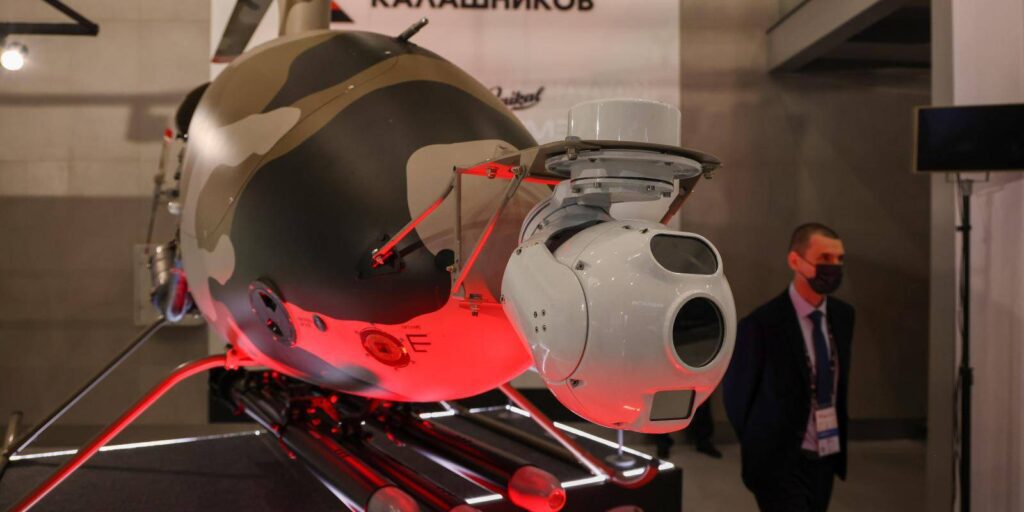The landscape of modern warfare is constantly evolving, with advancements in technology playing a crucial role in shaping military strategies and capabilities. From artificial intelligence to space defense systems, the latest innovations in the military sector are revolutionizing the way armed forces operate.
Artificial intelligence has become a major focus for military innovation, with AI-powered systems enhancing decision-making processes and improving operational efficiency. Drones equipped with AI technology are being used for reconnaissance and precision strikes. Cybersecurity measures are increasingly important to protect military assets from cyber threats, with AI-powered solutions playing a key role in detecting and mitigating attacks in real-time.
Additionally, quantum computing is being explored for enhanced military cryptography, while space defense systems are being developed to protect assets in space from potential threats. These innovations are shaping the future of warfare and enabling military organizations to adapt to the challenges of the modern battlefield.
Introduction
The landscape of modern warfare is constantly evolving, with advancements in technology playing a key role in shaping military strategies and capabilities. From artificial intelligence to space defense systems, the latest innovations in the military sector are revolutionizing the way armed forces operate.
Artificial Intelligence
Artificial intelligence (AI) has become a major focus for military innovation in recent years. AI-powered systems are being developed to enhance decision-making processes, improve operational efficiency, and provide insights into enemy tactics. One of the most significant applications of AI in the military is autonomous weapons systems, which can independently select and engage targets without human intervention.
Drone Technology
Drones are a key component of modern military operations, with AI technology enabling unmanned aerial vehicles to perform a wide range of tasks, including reconnaissance, surveillance, and precision strikes. AI algorithms are being used to enhance the capabilities of drones, allowing them to navigate difficult terrain, avoid obstacles, and communicate with other drones in real-time.
Cybersecurity
Cybersecurity has become increasingly important in the modern military landscape, with cyber attacks posing a significant threat to national security. Military organizations are investing in advanced cybersecurity systems to protect their networks, infrastructure, and data from cyber threats. AI-powered cybersecurity solutions are being used to detect and mitigate cyber attacks in real-time, helping to safeguard military assets from malicious actors.
Quantum Computing
Quantum computing has the potential to revolutionize military cryptography and communications by enabling faster, more secure data encryption and decryption. Military organizations are exploring the use of quantum computing to develop advanced cryptographic algorithms that are resistant to quantum hacking techniques. Quantum computing could also be utilized to enhance satellite communications and improve the efficiency of military operations on the battlefield.
Space Defense
Space defense systems are becoming increasingly important in the modern military landscape, as nations seek to protect their assets in space from potential threats. Satellites play a critical role in military communications, reconnaissance, and navigation, making them prime targets for adversary attacks. Military organizations are developing space defense systems to protect their satellites from anti-satellite weapons, space debris, and other hazards.
Space-Based Missile Defense
Space-based missile defense systems are being developed to intercept and destroy incoming missiles before they reach their targets. These systems leverage advanced sensors, interceptors, and command and control capabilities to detect and neutralize ballistic missiles in space. Space-based missile defense systems are designed to provide a layered defense against short, medium, and long-range missile threats, enhancing the overall security of military assets on the ground.
Conclusion
The latest military innovations, from AI to space defense, are shaping the future of warfare and enabling military organizations to adapt to the challenges of the modern battlefield. As technology continues to advance, the need for cutting-edge military capabilities will only grow, driving further innovation in the defense sector.
